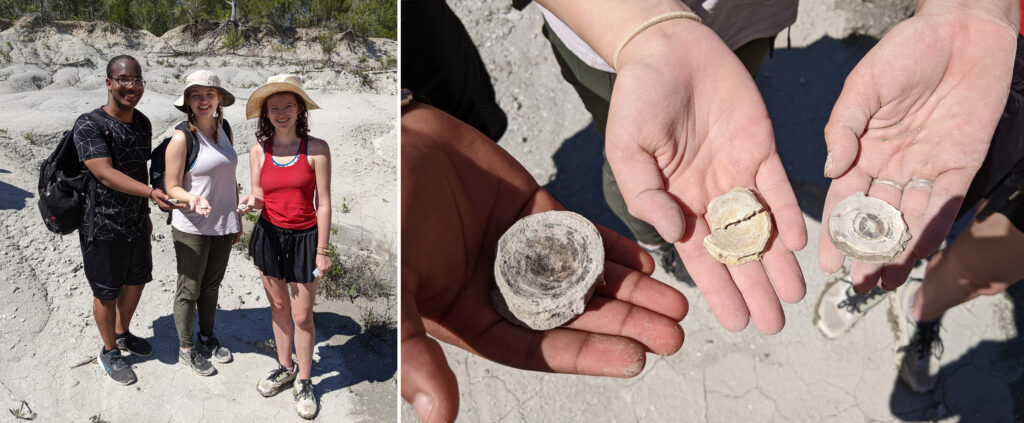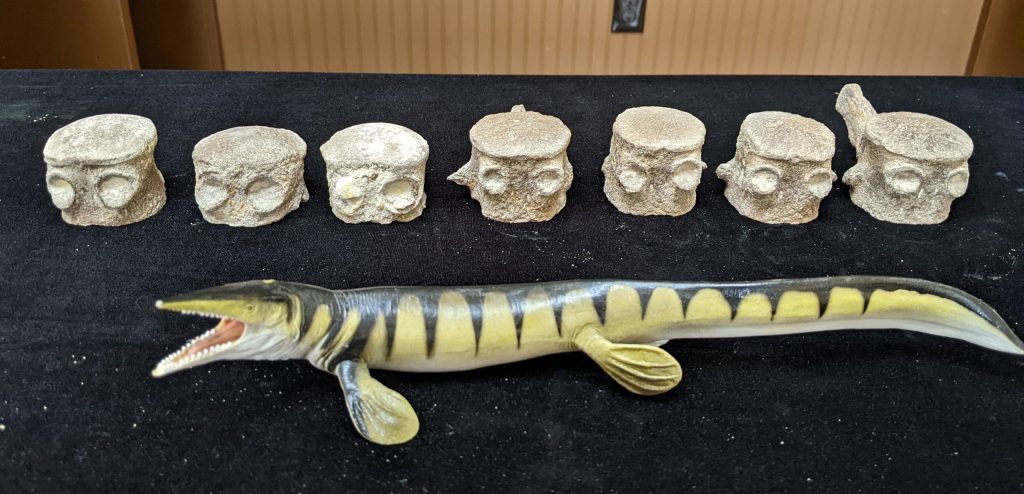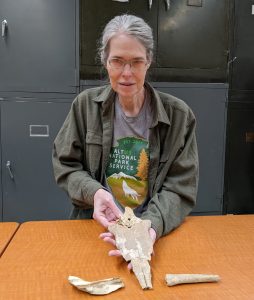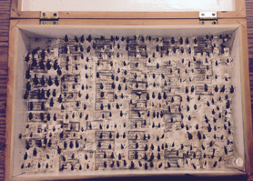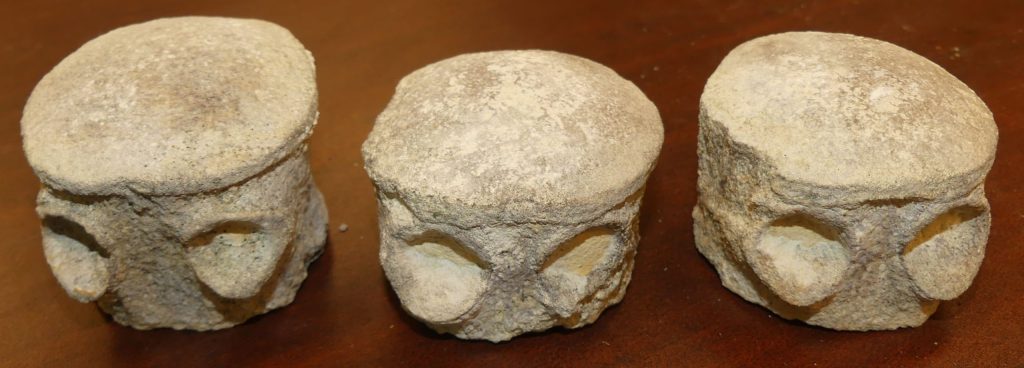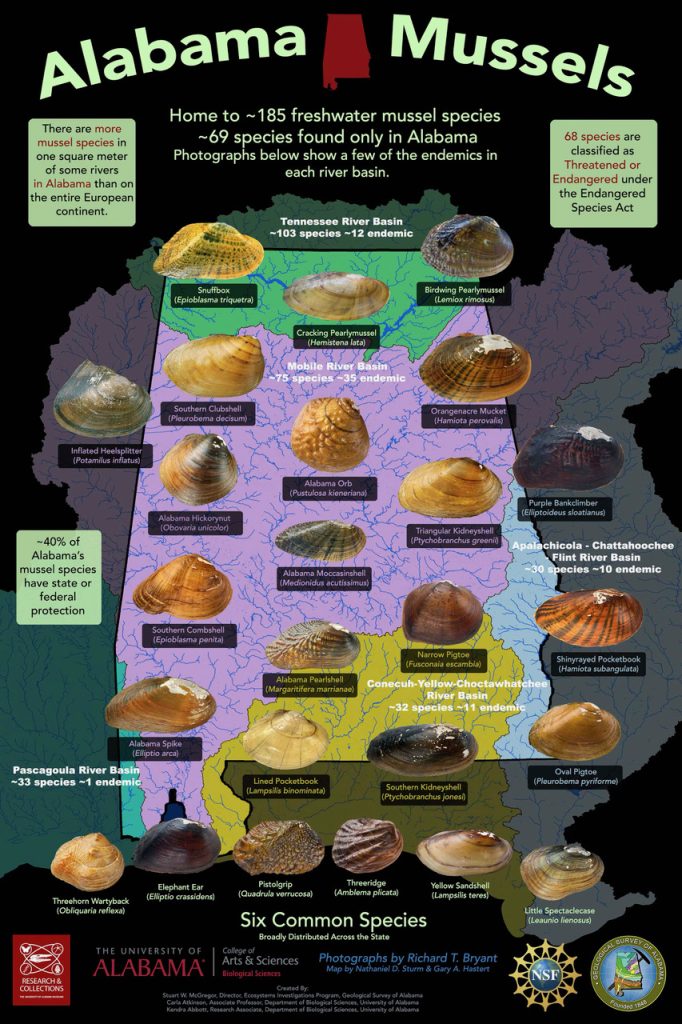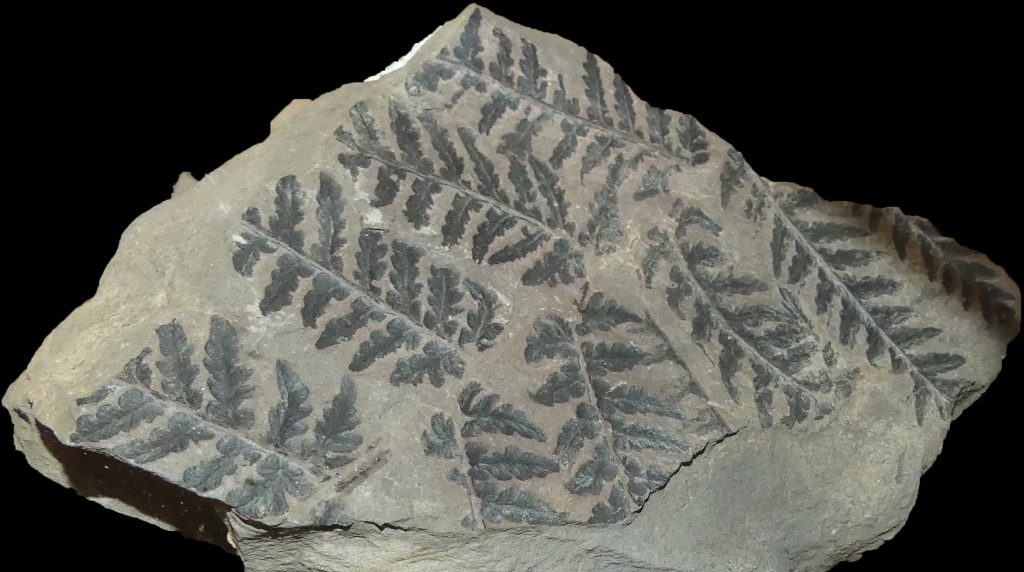Paleontology speaks to the imagination of many people, including students at The University of Alabama. Over the last few years, the course Paleontology and Society has been offered in the spring semester via the selective Blount Scholars Program. This course for undergraduate students is taught by Dr. Adiel Klompmaker, UA Museums’ Curator of Paleontology. An important part of this course is focused learning outside the classroom. During several field trips students got a chance to experience fossil collecting and interpreting […]
Read More from Students discover rare fossils during Blount Scholars course field trips
